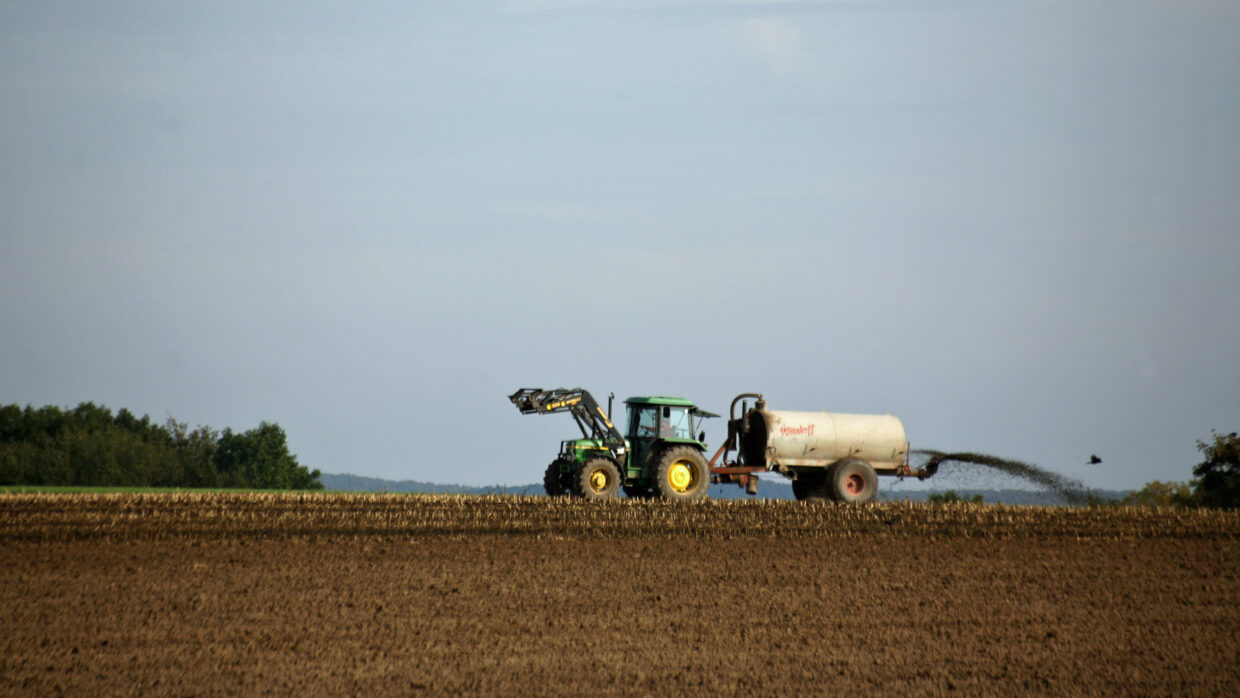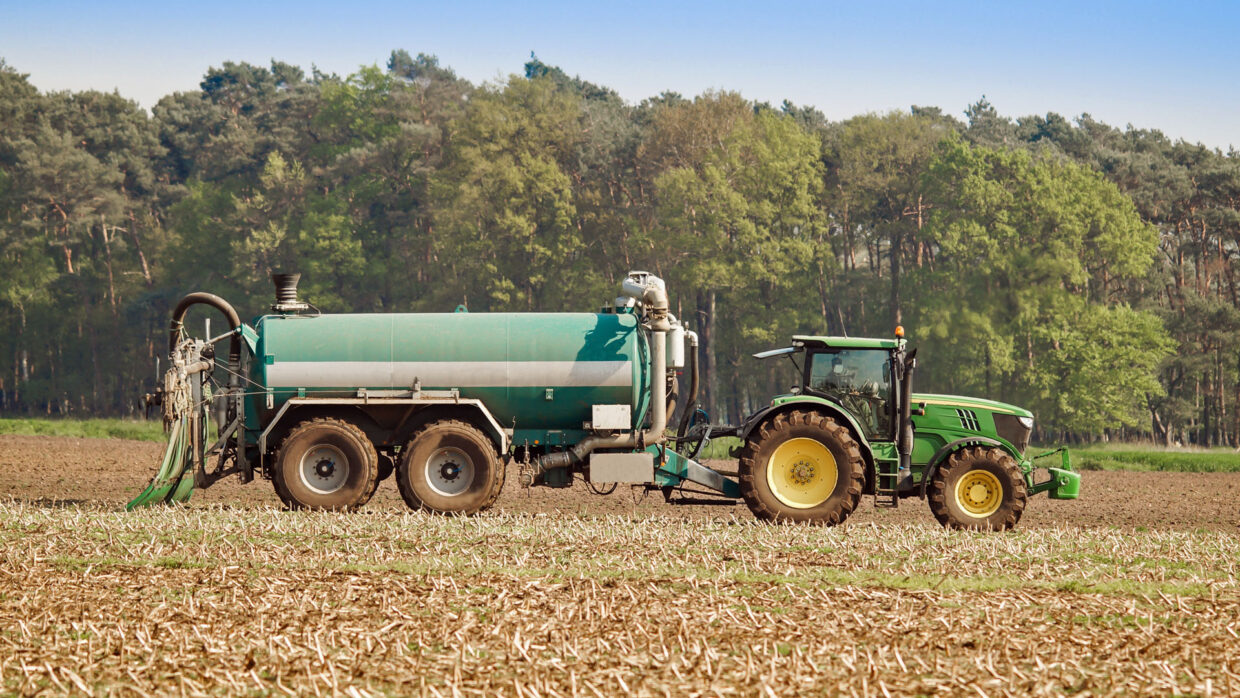Dr Reckleben, in your opinion, what reputation does liquid manure have as a fertiliser on arable farms?
It doesn’t have such a bad reputation – and there are several reasons for this. Firstly, there are the developments in application methods made over the past few decades. The step from spreading liquid manure over a wide area using splash plates to spreading it close to the ground has contributed a great deal to reducing emissions to the atmosphere. Nutrient efficiency has increased by 30-35% through this distribution technique alone. Efficiency can be increased even further if the farmer spreads the liquid manure with a dribble bar and incorporates it directly afterwards.
However, in comparison to mineral fertiliser, there is still uncertainty as to which nutrients are actually applied.

Yves Reckleben is Professor of agricultural and process engineering at Kiel University of Applied Sciences. Photograph: P. Knittler (Kiel University of Applied Sciences)
That is true. For a long time, arable farmers in particular – who were used to working with mineral fertiliser – were concerned that they would get an incalculable mixture of nutrients with the liquid manure. However, since NIR sensors have become widely available, the nutrient content can be measured and the uncertainty around their application is much lower. As a result, we no longer speak of the mass of liquid manure in cubic metres, but of the amount of nutrients in kilograms.
To what extent does the current economic situation and social climate give farm manure a boost?
Mineral fertiliser prices are going through the roof right now. So it is clear that alternatives are becoming much more attractive. At the same time NIR measurement has helped to qantify the value of liquid manure and to make it tradable. Organic farms which never use mineral fertiliser have long known the value of farm manure. When you think about society’s desire for sustainable agriculture, liquid manure is a good step along the way. Finally, their efficient use brings us much closer to a coherent cycle in agriculture.
How the NIR sensor works
Liquid manure is a nutrient-rich organic fertiliser. But until now, natural variance and rapid settling left the success nutrient application to chance. With NIR sensors, such as the John Deere HarvestLab, liquid manure can be applied as needed based on nutrient targets and limits for N, P and K in kg/ha.
The sensor provides statistically secure data in real time. Errors that usually occur during manual sample collection (such as, for example, oxygen or heat exposure before the sample arrives at the laboratory) are eliminated. In addition, all data is displayed in real time and documented site-specifically. This allows the operator to adjust machine settings and optimises automated machine operations in the field.
How do these trends change the relationship between farms that produce liquid manure and those that receive it?
Until now, things went like this: A pig farmer in a processing region of Germany was happy to find a farm 200km away that would take the slurry from them. The pig farmer then paid the transport and application costs. Due to rising nutrient prices, the two are now negotiating on the same level. So you settle somewhere in the middle – one pays for the transport, the other pays for the application.
What role do contractors play in this relationship?
Contractors are key players here. On a classic arable farm, you usually don’t have your own slurry store. In this context, the issue of logistics is crucial for application: We need distribution and application vehicles and they have to be perfectly co-ordinated. If contractors are well equipped in this respect, they can do a very good job. And if they then also have an NIR sensor, they bring with them the certainty that the nutrients actually land where they are supposed to. They then document this directly on the field.
So how accurate are the NIR sensors?
That’s hard to say, but the accuracy of an NIR sensor measurement compared to a laboratory sample does not play the decisive role here. What is much more important is the new way the NIR sensor makes it possible to work. If I take a single reference sample from my well-mixed slurry tank on one day before I drive the liquid manure out, I get exactly one value. However, this merely reflects the conditions at that time. How it will look hours or days later, I simply don’t know.
In comparison, with the NIR sensor I get a value for every second when applying. So I get a much higher accuracy, simply as a result of the frequency of the measurement. Then I can tell my slurry tanker: Drive to apply X kg/ha of total nitrogen or ammonium nitrate, and in so doing have a constant nutrient dosage.
Model and demonstration project – NIRS in manure application
Prof Yves Reckleben is leading a model and demonstration project with the aim of better evaluating and exploiting the potential of farm manure. The three-year project involves farms and contractors from four German states that either already work with NIR sensors or are interested in the technology. Prof Reckleben explains: “For me, the project is less about purely scientific monitoring and more about methodological monitoring. That’s why we put the crop production aspects at the fore: What is happening in the soil so far? How could we make more of it?”




